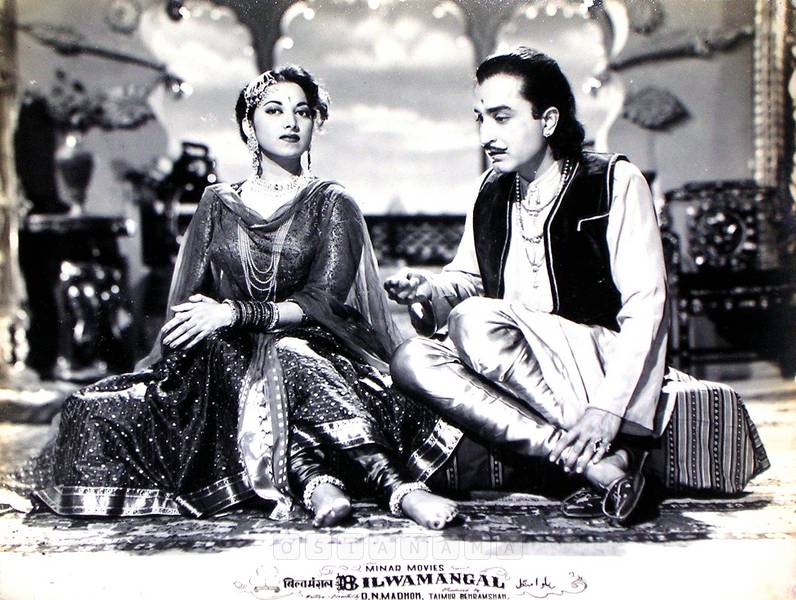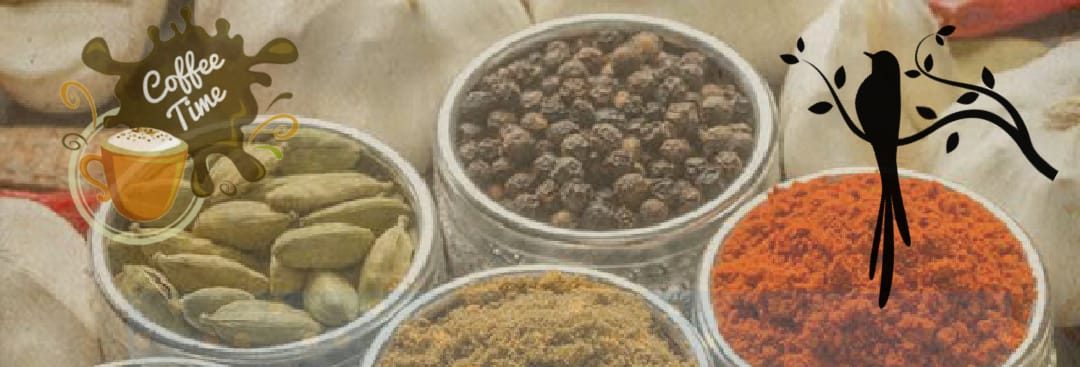
Diwali is round the corner. Yet another festival that the Corona virus shall devour. The festivities will have to be low key this time round with all norms of social distancing in place. For me, the best part of Diwali has always been lighting earthen lamps (दीया in Hindi) with ghee or oil and cotton wicks; thankfully, COVID-19 will not put a dampener on this.
While a lamp is lit every day in Hindu households as a symbol of hope, gratitude and surrender to the supreme power, Diwali sees this spirit of hope, gratitude and happiness getting accentuated manifold. When earthen lamps are lit and placed amidst vibrant rangolis and fragrant flowers, the sight makes you sport a beatific smile. The fact that man shares an organic link with Mother Earth only gets reaffirmed by lighting the earthen lamp.
Today there are several contraptions, largely run on electricity, that are used for illumination on Diwali because lighting earthen lamps requires some effort. There is no switch that one can put on to light the earthen lamps. The aura of a lit earthen lamp surpasses that of any electric lamp. Earthen lamps are designed very creatively and can also be decorated or painted at home to make them more attractive. Buying them also boosts our rural economy. Further, they are completely biodegradable.
For this post, the theme I have chosen is the earthen lamp or the दीया in Hindi. I shall list ten songs of the golden era where the mukhda of the song has the word word diya (दीया). I am not including songs that have deep (दीप), deepak (दीपक) and chiraag (चिराग) though these words also mean a lamp, but not necessarily an earthen one. I may also mention here that the songs (except for one!!) do not refer to the diya in the context of Diwali. The word diya is used in all the songs I list below metaphorically to allude to the radiant lamp of the heart/mind/love/life. Diwali too is about spreading love and light.
1) Mere Man Ke Diye (Parakh, 1960) Lyricist Shailendra, Music Director Salil Chowdhury, Playback Singer Lata Mangeshkar. This is a lovely, poignant song from a classic Bimal Roy movie, which is a satire on democracy in post independent India. This song is one of the lesser known songs of the movie. Salil Chowdhury uses a slow tune keeping in mind the mood of the song, along with a chorus (like in Ae Dil Kahan Teri Manzil from Maya, 1961). The tune (at least the first line of the mukhda) bears an eerie resemblance to Shaam-e-Gham Ki Kasam from Footpath (1953). The lyrics penned by Shailendra are sublime and Sadhana is a delight to watch on screen, holding an earthen lamp in her hands. Even as she lights the evening lamp before the almighty, she also alludes to the lamp of her dear (laadle!) despondent heart/mind which she is determined to keep burning against all odds. This song proves beyond doubt that real beauty lies in simplicity.
2) Dil Ka Diya Jalaake Gaya (Akaashdeep, 1965) Lyricist Majrooh Sultanpuri, Music Director Chitragupt, Playback Singer Lata Mangeshkar. This is a canorous, slow melody wasted in a muddled up film. Picturized on Nimmi who is speech impaired in the movie, the LP in the background is where the song plays from with Nimmi just trying to mouth the lyrics. The diya in the song unfortunately is not the earthen lamp that I would have loved but a lantern in the balcony. Nevertheless, the lamp of the heart has been lit simultaneously. The intermittent hush hush tone of Lata in the song adds a unique effect. Majrooh’s lyrics too make the song a masterpiece.
3) Baithe Hain Rehguzar Par (40 days, 1959) Lyricist Kaifi Azmi, Music Director Babul, Playback Singer Asha Bhosle. This is a beautiful melancholic melody sung by Asha. The music director is one of the lesser known ones – Babul Bose. Babul Bose paired with Bipin Dutt and the duo started off as assistants of Madan Mohan. However, they later composed together, independently as well till 1959, after which they split. This duo produced several gems but remained unsung. This song has been composed by Babul Bose alone, after the duo split. The song shows his calibre and the influence of Madan Mohan. Kaifi Azmi’s lyrics and Asha’s voice make this an even more memorable song. Unfortunately, the video of the song is not available to appreciate the reference to the दीया (earthen lamp) in the song. Nevertheless, the reference to the diya is again metaphorical – as the heart’s lamp – with a strong hope that the beloved will return.
4) Zinda Hun Is Tarah (Aag, 1948) Lyricist Behzad Lucknavi, Music Director Ram Ganguly, Playback Singer Mukesh. This song tugs at the heartstrings as it speaks of the male protagonist as a lamp which burns but does not provide any illumination (Jalta Hua Diya Hun Magar Roshni Nahin). The music director of this movie – Ram Ganguly – had the Shankar-Jaikishan duo as his assistants. Ram Ganguly however did not make it big in the long run. The flute and the Shehnai for the songs of this film were played by Ramlal Chaudhary who subsequently became an independent music director (Sehra and Geet Gaya Patharon Ne). Raj Kapoor made his debut as producer and director with this film and thus the R.K.Films came into existence. This film also saw Raj Kapoor and Nargis being paired for the first time. Aag therefore was a milestone in many ways.
5) Nirbal Se Ladai Balwaan Ki (Toofan Aur Diya, 1956) Lyricist Bharat Vyas, Music Director Vasant Desai, Playback Singer Manna De. This is a formidable composition of Vasant Desai with the lyrics written by his close associate Bharat Vyas. If one were to make a list of inspirational songs, this would surely figure as one of the top melodies. The song almost sums up the theme of the movie and speaks of the eternal struggle between adversity and hope – the storm symbolizing the former and the earthen lamp the latter; the flickering light of the lamp braving it out in the stormy weather is the leitmotif. Manna De does full justice to the song.
6) Bujh Gaya Dil Ka Diya (Jadui Angoothi, 1965) Lyricist Zafar Rahi, Music Director Suresh Kumar, Playback Singer Subir Sen. This is a hidden gem from a rather unremarkable movie. The music director and the lyricist are also lesser known. The film belongs to the genre of fantasy as the name suggests (would translate as magical ring in English). I heard this song for the first time but instantly developed a liking for it. It speaks of heartbreak, as the opening words of the mukhda – bujh gaya dil ka diya – suggest. There is no real lamp burning but the lamp of the heart has got extinguished. Subir Sen has rendered it perfectly – sounding a lot like Talat Mehmood when his voice quivers intermittently.
7) Mujhe Raat Din Yeh Khayaal Hain (Umar Qaid, 1961) Lyricist Hasrat Jaipuri, Music Director Iqbal Qureshi, Playback Singer Mukesh. This song is one of the best that Mukesh has ever sung. The lyrics are heart wrenching. As the name of the movie suggests, it deals with crime and punishment. The actor on whom the song is picturized is none other than the familiar villain of the 70s – Sudhir (whose real name was Bhagwandas Mulchand Luthria) – who would be beaten up by the hero in every movie. Sans his hallmark horseshoe moustache in this song, it is a tad difficult to recognize him. The actress is Nazima who would play the quintessential role of the hero’s sister in many a movie. The mukhda as well as an entire antara is devoted to the diya – here signifying the light of life as well as worthless existence which does not spread light in others’ lives. The music by Iqbal Qureshi – a brilliant but unsung composer – is par excellence.
main diyaa hoon aisaa jahaan mein ke jalaa to hoon nahin roshni jo jigar mein hain woh khalish kahin meri hasraton ko mitaa na de mujhe raat din ye khayaal hain..
8) Bujha Diye Hain Khud Apne Haathon (Shagoon, 1964) Lyricist Sahir Ludhianvi, Music Director Khayyam, Playback Singer Suman Kalyanpur. This is a wistful melody from a movie which has many lovely songs, with Suman Kalyanpur singing quite a few of them for Waheeda Rehmaan – the female lead. The diya that’s extinguished is one of love. Unfortunately, the movie is pretty regressive dealing with horoscopes (horrorscopes!!) and superstitions. This movie had Waheeda Rehmaan paired with Kamaljeet who later on became her real life partner.
[Suman Kalyanpur has sung some other great songs for Waheeda, which I love – Na tum Hume Jaano (Baat Ek Raat Ki, 1962) and Dil-e-betaab Ko Seene Se (Palki, 1967)].
9) Diya Na Bujhe Ri Aaj Hamara (Son of India, 1962) Lyricist Shakeel Badayuni, Music Director Naushad, Playback Singer Lata Mangeshkar (and chorus). This song features an enthralling dance performance on stage by Kumkum and her troupe. The music of Naushad based on the classical Raag Bhairavi is also mesmerizing. This song in particular is special for the theme of this post as the dance is performed with diyas (not earthen though and not lit either). The song is one of fervent hope that the lamp that has been lit is not extinguished by the stormy winds, thunder and lightning. The light of the lamp is the one that shall show her the path to her beloved’s abode and so, the lamp must continue to burn.
aas ka jagmag roop nikhare preet mein khoye nain hamare dhunde pi ka dwaar diya na bujhe ri aaj hamara
10) O Diwali Ke Diye (Bilwamangal, 1954) Lyricist D.N.Madhok, Music Director Bulo.C.Rani, (Playback) Singers (reel and real!!) Suraiya and C.H.Atma. While I had decided that I would not include any Diwali specific song in the post, I could not stop myself from including this gem from the 1950s. The era of singing stars was slowly coming to an end. And so was the magic of Bulo C Rani. This was perhaps one of his last well known ventures as music director. The slow pace of the song matches the pathos that the lyrics and the voices of Suraiya and C.H.Atma create. The other songs of Bilwamangal were also very famous – especially Hum Ishq Ke Maron Ko.

rakh diye hain dwaar par dil ke diye
pat khule nainon ke dono hain sajan tere liye, o deewaali ke diye
The lyrics are so beautiful. The heart’s lamps are burning at the entrance. Whether it is the oil burning or the heart is what the lovers try to understand. Unfortunately, the video of this song is not available.
With this ends my playlist of songs on the diya (or the earthen lamp). All the songs above refer to the diya but not all feature the earthen lamp. All of them speak of the diya allegorically. The diya symbolizes light, hope and persistence. The manner in which the lamp shines, flickers, dances and fights, to burn till the end aptly sums up what our approach towards life should be. This Diwali we shall light the diyas of hope, resilience and optimism even as we follow all Covid-19 related restrictions. That is the only way our fight against the pandemic will reach its logical conclusion.
If there are more songs of the same ilk, please do add on.

Lovely songs! My favourite of all of these is the one you listed at #1, Mere mann ke diye, which I simply adore.
Here’s another. Jalte hain jiske liye teri aankhon ke diye:
LikeLike
Thanks, Madhuji! The first song is my favourite too. Thanks for the song you added. Wonder how it just slipped out of my mind.
LikeLiked by 1 person